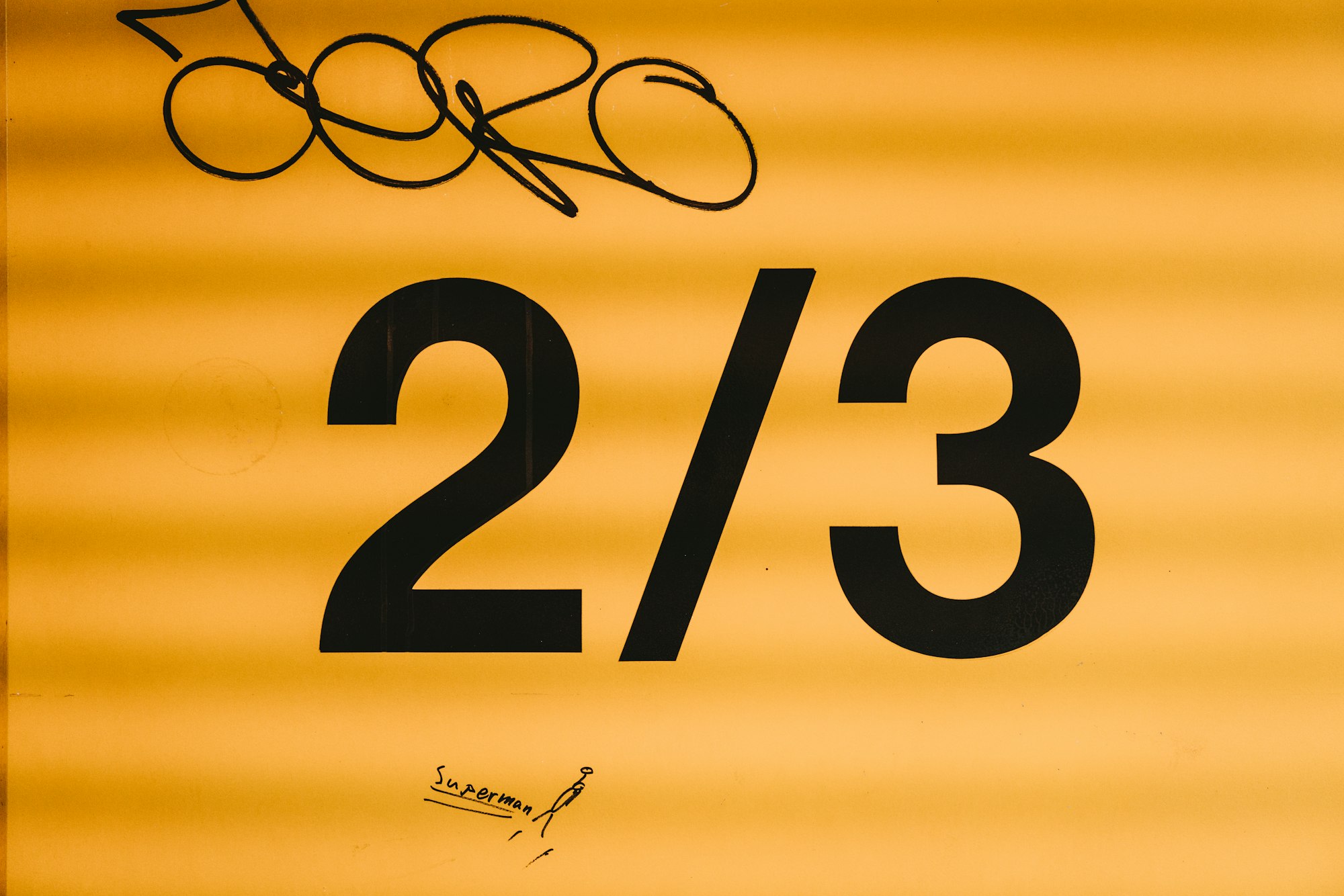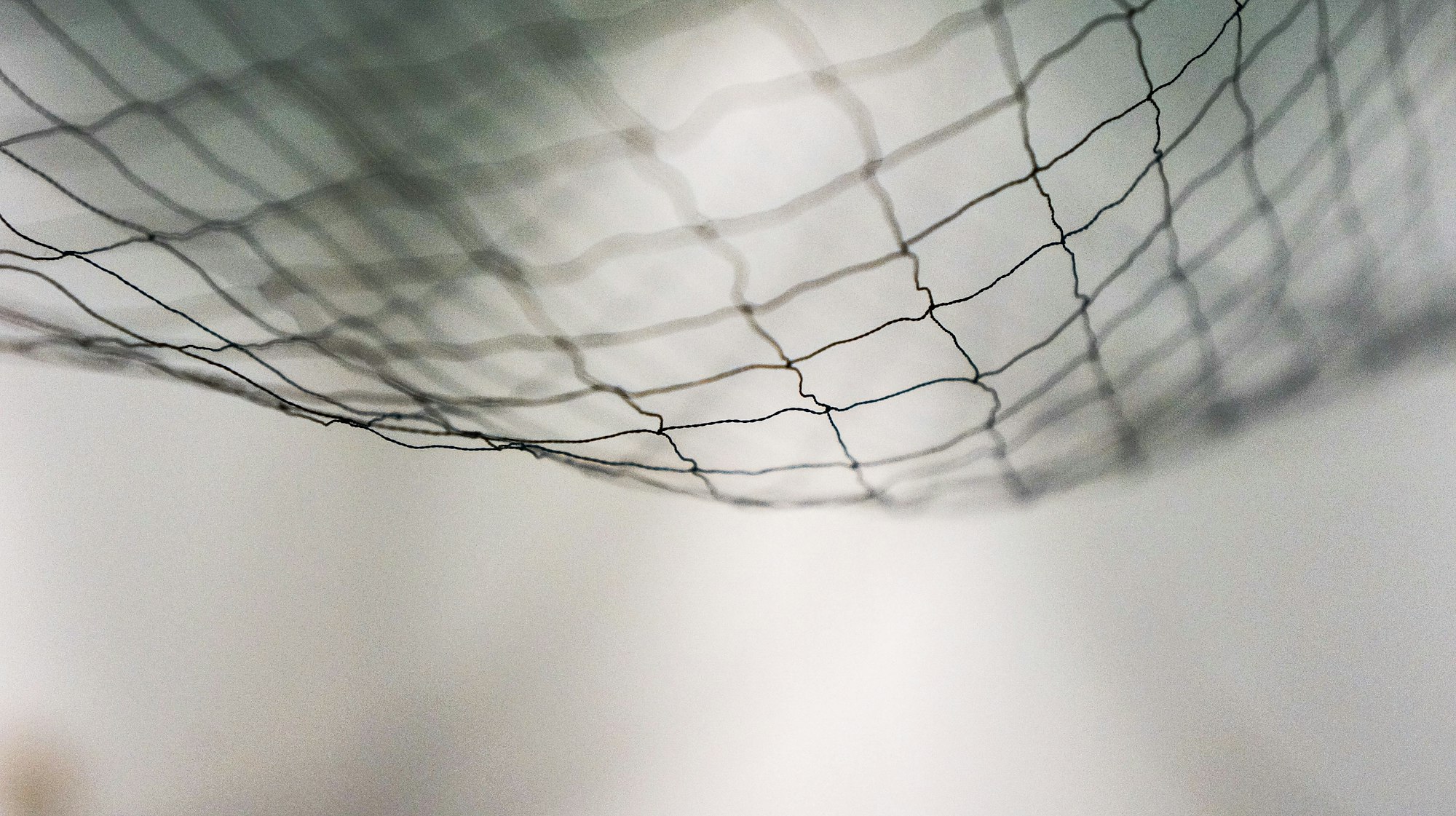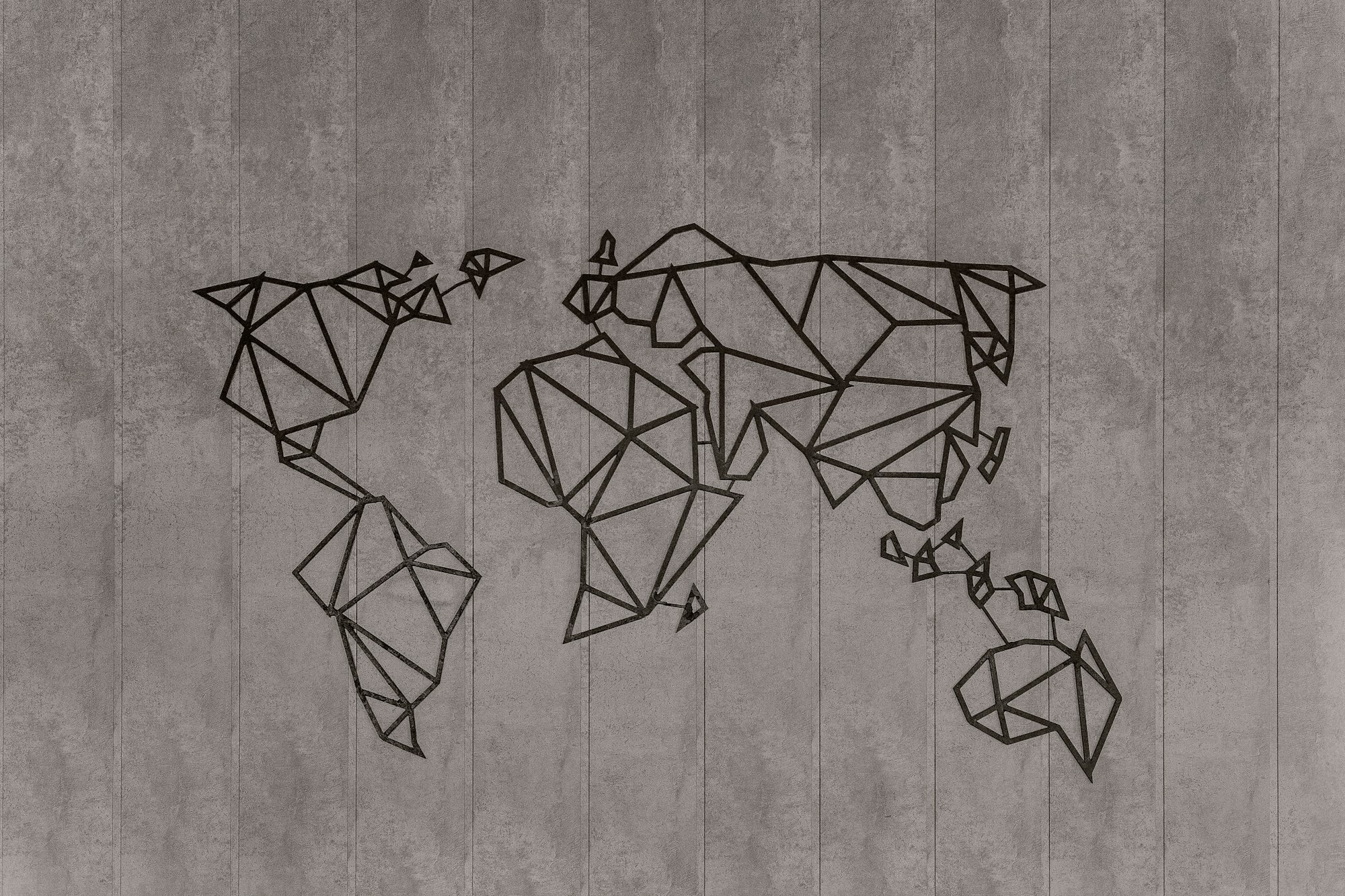
Unlike the other topological invariants we've discussed, such as connectedness, compactness does not have an immediately obvious geometric description. However, it is a concept that is impossible to avoid, as it shows up everywhere and in every field of mathematics.

Now we can think about a different type of "connectedness." Intuitively, if a space is "connected" you should be able to draw a path between any two points in the space. Otherwise, if there are points in the space that cannot be connected by a path, it is "disconnected."

This is a continuation of Constructing the Rational Numbers (1). Before moving forward with the rest of the construction, I'd like to formally change my notation for rational numbers from that of equivalence classes of ordered pairs of integers to that of fractions.

In this post, I'm going to prove the Intermediate Value Theorem and the One-Dimensional Brouwer Fixed Point Theorem, which are two results that are undeniably and unreasonably useful. In order to prove them, however, we will need to study the notion of connectedness.

We work with number systems every day, but we just sort of take their existence for granted. However, it is possible to construct all of these number systems from scratch.

I'm now going to talk about sequences and nets, which often provide an alternative way of describing topological phenomena. I'll also talk about Hausdorff spaces, which have all sorts of nice properties.

The notion of a quotient space will effectively allow us to glue pieces of topological spaces together. This corresponds to the collapsing of equivalent subsets to points which occurs in quotient sets, as I mentioned in my last post.

Quotient sets of $A$ are comprised not of elements of $A$, but of the equivalence classes they fall into. This gives us a powerful method to collapse a set into a smaller set that is in some way still representative of the original set.

Next let's talk about an intuitive way to combine topological spaces to create new spaces which inherit certain characteristics from their parents. We've talked about Cartesian products before in the context of set theory, but what happens if we take the Cartesian product of topological spaces?

A topological space is, at its core, just a set with some additional structure. So what if we want to keep the structure, but change the underlying set? There's an easy and somewhat obvious way to do this.

The concept of continuity is central to the study of topology. So much so, in fact, that whenever anyone talks about a map between topological spaces, they generally expect you to know that they're talking about a continuous map.

It's fairly common to think of open sets as sets which do not contain their boundary, and closed sets as sets which do contain their boundary. The trouble here lies in defining the word 'boundary.'











